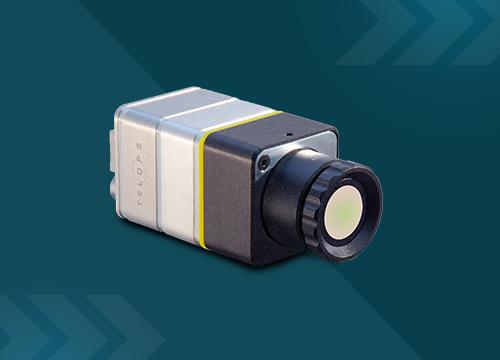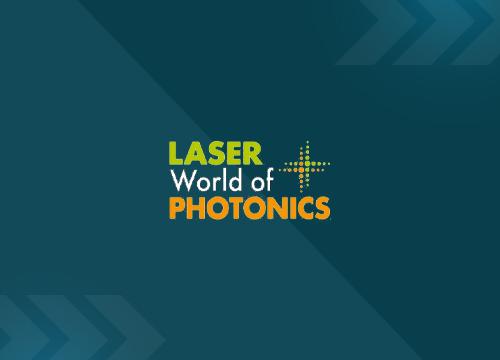
Ottawa.
FROM May 28th 2025 TO May 29th 2025
CANSEC
Visit Exosens, the parent company of Xenics and Photonis, at CANSEC 2025 - Ottawa, Canada

Ottawa.
FROM May 28th 2025 TO May 29th 2025
Visit Exosens, the parent company of Xenics and Photonis, at CANSEC 2025 - Ottawa, Canada

Apr 28th 2025
Exosens delivers strong revenue growth in Q1 2025 in a dynamic defense market environment

Apr 23rd 2025
Driven by SWIR innovation, FSO communication systems represent the future of global connectivity

Apr 15th 2025
Telops’ Radia V60 camera – now with an all-new high-temperature calibration mode

Apr 15th 2025
Exosens, a global leader in advanced imaging and detection technologies, proudly announces the launch of the Dione XP series under its infrared imaging brand, Xenics.

Calgary, Alberta.
FROM May 12th 2025 TO May 15th 2025
Visit Telops at CICS 2025 - Alberta Canada

Banff, Alberta.
FROM Apr 15th 2025 TO Apr 16th 2025
Visit Telops at Methane Leadership Summit 2025 - Banff, Alberta Canada

Houston, Texas.
FROM May 20th 2025 TO May 22nd 2025
Visit Photonis and Xenics, part of Exosens, at Xponential 2025 - Houston, Texas

Tokyo.
FROM May 21st 2025 TO May 23rd 2025
Visit Photonis and Xenics, part of Exosens, at DSEI Japan 2025 - Tokyo, Japan

Messe München.
FROM Jun 24th 2025 TO Jun 27th 2025
Visit Exosens, the parent company of Xenics and Photonis, at Laser World of Photonics 2025 - Messe München, Germany
Stay connected
Stay informed and connected to the latest news from Exosens by signing up.